当前位置:网站首页>Handwritten online chat system (principle part 1)
Handwritten online chat system (principle part 1)
2022-07-06 18:41:00 【Java confidant_】
Click on the official account , Practical technical articles Know in time 
Abstract : Frontier learning Netty Related principles , While implementing an online chat system . This article mainly talks about some Netty The basic principle of 、 technological process , It may be a little boring , But it's also important , relevant demo You'd better type the code yourself , It's easier to understand . But don't worry about being too complicated , This is just the equivalent of Netty Of Hello World.
One 、 catalogue
Pre knowledge points
NIO
Netty Core components
Channel
Callback
Future and Promise
Events and ChannelHandler
Hello World
Two 、 Pre knowledge points
1、NIO
First, we need to review , Sync 、 asynchronous 、 Blocking 、 Non blocking related concepts .
Sync : call API after , Caller can “ immediately ” You know the result of the operation .
asynchronous : Relative to synchronization , call API after , The caller cannot “ immediately ” Know the result of the operation , Wait for the callee Callback Inform the result .
Blocking : Wait for all data to be read ( write in ) After completion , To return to .
Non blocking : When reading , Return as much as you read ; When writing , How much is written and how much is returned . Don't wait for , After all data operations are completed , To return to .
NIO It's a kind of Synchronous nonblocking Of I/O Model .
Synchronization means that threads are constantly polling I/O Is the event ready .
Nonblocking is when a thread is waiting I/O When , You can do other tasks at the same time .
The core of synchronization is Selectors , The selector replaces the polling of the thread itself I/O event , Avoid blocking and reduce unnecessary thread consumption ; The core of non blocking is Channels and buffers , When I/O When the event is ready , You can write to the buffer , Guarantee I/O The success of the , Without thread blocking waiting .
NIO There are three core parts :
Channel( passageway )
Buffer( buffer )
Selector( Selectors )
Tradition I/O be based on Byte stream and character stream To operate , and NIO be based on Channel and Buffer To operate , Data is always read from the channel into the buffer , Or write from buffer to channel .Selector Used to listen for multiple channel events ( Connection open , Data arrival, etc ). therefore , A single thread can listen to multiple data channels , As shown in the figure below :

3、 ... and 、Netty Core components
1、Channel
Channel It's a passage , Used to connect byte buffers Buffer And the other end of the entity . stay NIO In the network programming model , Server and client I/O Data interaction ( Get information that they push each other ) The medium of Channel.
Netty Yes JDK Native ServerSocketChannel Packaged and enhanced .
Netty Of Channel Add the following components :
id Identify unique identity information
There may be parent Channel
The Conduit pepiline
For data reading and writing unsafe Inner class
Event loop actuator NioEventLoop
Channel It falls into two categories :
Server side : NioServerSocketChannel
client : NioSocketChannel
The specific dependencies are shown in the following figure :
Server side : NioServerSocketChannel
 NioServerSocketChannel
NioServerSocketChannel
client : NioSocketChannel
2、Callback
callback It's a callback , A method can call this back in due course callback Method .callback It is one of the most commonly used methods for notifying interested parties that an operation has been completed .
Netty Used internally when handling events callback. When one callback Be triggered , Events can be ChannelHandler Interface implementation processing .
A simple example is shown below :
public class ConnectHandler extends ChannelInboundHandlerAdapter {
// When a new connection is established ,channelActive Called
@Override
public void channelActive(ChannelHandlerContext ctx) throws Exception {
System.out.println(ctx.channel().remoteAddress());
}
}
When a new connection is established ,ChannelHandler Of callback Method channelActive() Will be called , Then print a message .This ConnectHandler example ( Equivalent to the callee ) Pass in the form of parameters to create Channel Connected functions ( caller ) in , Then this function creates a new connection , Will come back to call this ConnectHandler Of channelActive Method , This process is called callback .
3、Future and Promise
Future and Promise Originated from functional programming , The purpose is to set the value (Future) It's not how it's calculated (Promise) Separate , This allows for a more flexible calculation , Especially through parallelization .
Future Represents the return value of the target calculation ,Promise Indicates the way of calculation , This model separates the returned results from the calculation logic , The purpose is to make the calculation logic not affect the return result , Thus, a set of asynchronous programming model is abstracted . The bond between them is Callback.
Simply speaking :Future It means a The result of an asynchronous task , For this result, you can add Callback Methods in order to perform tasks Make corresponding actions after successful or failed execution , and Promise The task executor , The task performer passes Promise You can mark the completion or failure of the task .
stay Netty in :
Future Interface defined isSuccess(),isCancellable(),cause() Other methods , These methods for judging the asynchronous execution state are read-only .
Promise Interface in extends Future That's an increase from setSuccess(),setFailure() Other methods , These methods are writable , namely Promise It's writable Future.
4、 event (event) and ChannelHandler
ChannelHandler
Netty It's an event driven framework , be-all event( event ) It's all by Handler To process .
ChannelHandler Can handle I/O、 Intercept I/O Or will event Pass to ChannelPipeline The next one in Handler To deal with .
ChannelHandler Its structure is very simple , There are only three ways , Namely :
void handlerAdded(ChannelHandlerContext ctx) throws Exception;
void handlerRemoved(ChannelHandlerContext ctx) throws Exception;
void exceptionCaught(ChannelHandlerContext ctx, Throwable cause) throws Exception;event
Netty With subdivided event( event ) To inform us of changes in state or operation . This allows us to be based on event To trigger appropriate behavior . Such behavior may include :
logging
Data transfer
flow control
Applied logic
event Classify according to the relationship of input or output data flow . May be triggered by input data or related state changes event Include :
Active or inactive connections
Reading data
user event
error event
And output event Is the result of operations that will trigger future behavior , It could be :
Open or close the connection to the remote end
Write or brush data to a socket
every last event Can be assigned to a user implementation handler Object method .
Hello World
A simple websocket Server side , As shown below :
Server Code :
import io.netty.bootstrap.ServerBootstrap;
import io.netty.channel.ChannelFuture;
import io.netty.channel.ChannelInitializer;
import io.netty.channel.ChannelOption;
import io.netty.channel.ChannelPipeline;
import io.netty.channel.nio.NioEventLoopGroup;
import io.netty.channel.socket.SocketChannel;
import io.netty.channel.socket.nio.NioServerSocketChannel;
import io.netty.handler.codec.http.HttpObjectAggregator;
import io.netty.handler.codec.http.HttpServerCodec;
import io.netty.handler.codec.http.websocketx.WebSocketServerProtocolHandler;
import io.netty.handler.codec.http.websocketx.extensions.compression.WebSocketServerCompressionHandler;
public class Server {
public static void main(String[] args) throws InterruptedException {
// Used to receive connections from clients
NioEventLoopGroup bossGroup = new NioEventLoopGroup();
// Used to process received connections
NioEventLoopGroup workerGroup = new NioEventLoopGroup();
// establish netty service
ServerBootstrap serverBootstrap = new ServerBootstrap();
try {
serverBootstrap.group(bossGroup, workerGroup)
// Set up NIO Pattern
.channel(NioServerSocketChannel.class)
// Set up tcp buffer
.option(ChannelOption.SO_BACKLOG, 1024)
// Set the sending buffer data size
.childOption(ChannelOption.SO_SNDBUF, 64 * 1024)
// Set the receiving buffer data size
.option(ChannelOption.SO_RCVBUF, 64 * 1024)
// Maintain long connection
.childOption(ChannelOption.SO_KEEPALIVE, true)
.childHandler(new ChannelInitializer<SocketChannel>() {
@Override
public void initChannel(SocketChannel ch) throws Exception {
ChannelPipeline pipeline = ch.pipeline();
// HttpClient codecs
pipeline.addLast(new HttpServerCodec());
// Set the maximum content length
pipeline.addLast(new HttpObjectAggregator(65536));
// WebSocket Data compression extension
pipeline.addLast(new WebSocketServerCompressionHandler());
// WebSocket handshake 、 Control frame processing
pipeline.addLast(new WebSocketServerProtocolHandler("/", null, true));
// Channel initialization , Data transmission to intercept and execute
pipeline.addLast(new ServerHandler());
}
});
// Bind port to start service
ChannelFuture channelFuture = serverBootstrap.bind(8080).sync();
channelFuture.channel().closeFuture().sync();
} finally {
workerGroup.shutdownGracefully();
bossGroup.shutdownGracefully();
}
}
}ServerHandler Code :
import io.netty.channel.ChannelHandlerContext;
import io.netty.channel.ChannelInboundHandlerAdapter;
import io.netty.handler.codec.http.websocketx.TextWebSocketFrame;
public class ServerHandler extends ChannelInboundHandlerAdapter {
@Override
public void channelActive(ChannelHandlerContext ctx) throws Exception {
System.out.println(" Channel activation ( Callback )");
}
@Override
public void channelRead(ChannelHandlerContext ctx, Object msg) throws Exception {
// Only deal with TextWebSocketFrame
if (msg instanceof TextWebSocketFrame) {
String request = ((TextWebSocketFrame) msg).text();
System.out.println(" Receive a request :" + request);
ctx.writeAndFlush(new TextWebSocketFrame("PONG"));
}
}
@Override
public void channelReadComplete(ChannelHandlerContext ctx) throws Exception {
System.out.println(" Data read complete ");
}
}pom rely on
<dependencies>
<dependency>
<groupId>io.netty</groupId>
<artifactId>netty-all</artifactId>
<version>4.1.6.Final</version>
</dependency>
</dependencies>And then run Server that will do .
Next, let's test whether the program is normal , Here we use an online testing website :http://www.easyswoole.com/wstool.html
Connect to our service , As shown in the figure below :

If appear OPENED => 127.0.0.1:8080 A hint of , The connection is successful . Otherwise, please check whether the program is consistent with the sample code .
Then we click the start sending button , If the following prompt appears, it means , The message was sent successfully .


All right, come here , our Hello World It's done .
recommend
Technical involution group , Learn together !!

PS: Because the official account platform changed the push rules. , If you don't want to miss the content , Remember to click after reading “ Looking at ”, Add one “ Star standard ”, In this way, each new article push will appear in your subscription list for the first time . spot “ Looking at ” Support us !
边栏推荐
- 被疫情占据的上半年,你还好么?| 2022年中总结
- 10、 Process management
- Epoll () whether it involves wait queue analysis
- Nuc11 cheetah Canyon setting U disk startup
- POJ 2208 已知边四面体六个长度,计算体积
- Bonecp uses data sources
- Penetration test information collection - site architecture and construction
- Example of implementing web server with stm32+enc28j60+uip protocol stack
- Picture zoom Center
- Penetration test information collection - WAF identification
猜你喜欢

测试行业的小伙伴,有问题可以找我哈。菜鸟一枚~
Maixll dock camera usage

CSRF vulnerability analysis
The third season of Baidu online AI competition is coming in midsummer, looking for you who love AI!
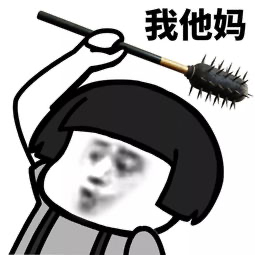
This article discusses the memory layout of objects in the JVM, as well as the principle and application of memory alignment and compression pointer
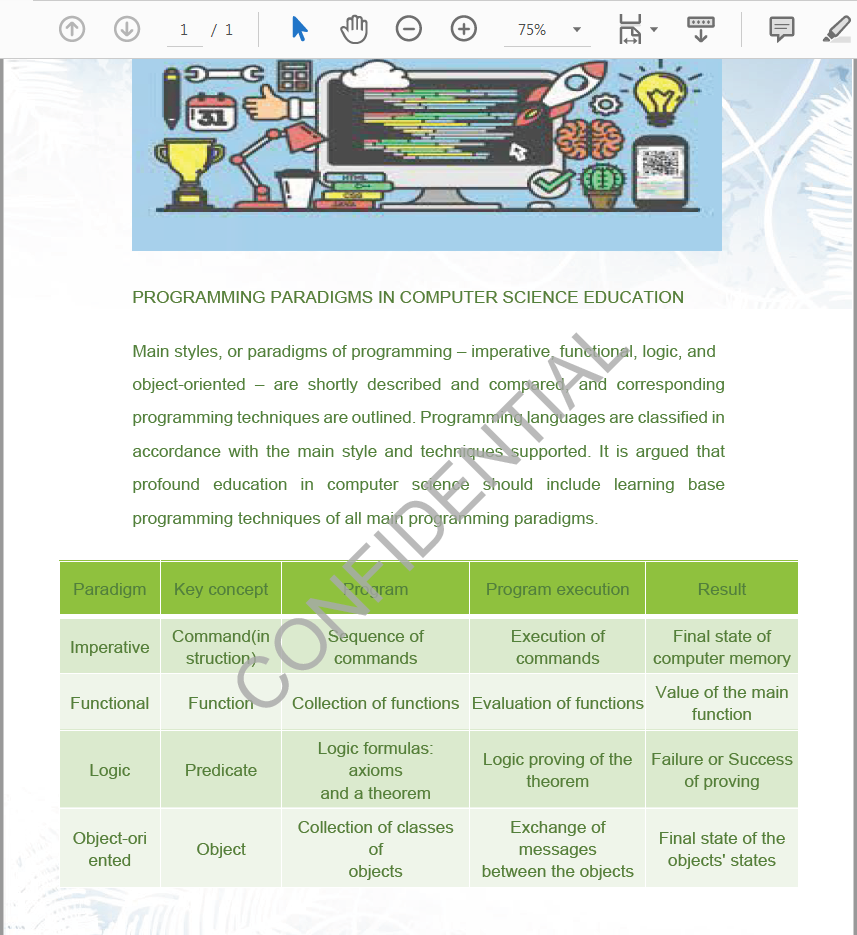
C#/VB.NET 给PDF文档添加文本/图像水印

图之广度优先遍历
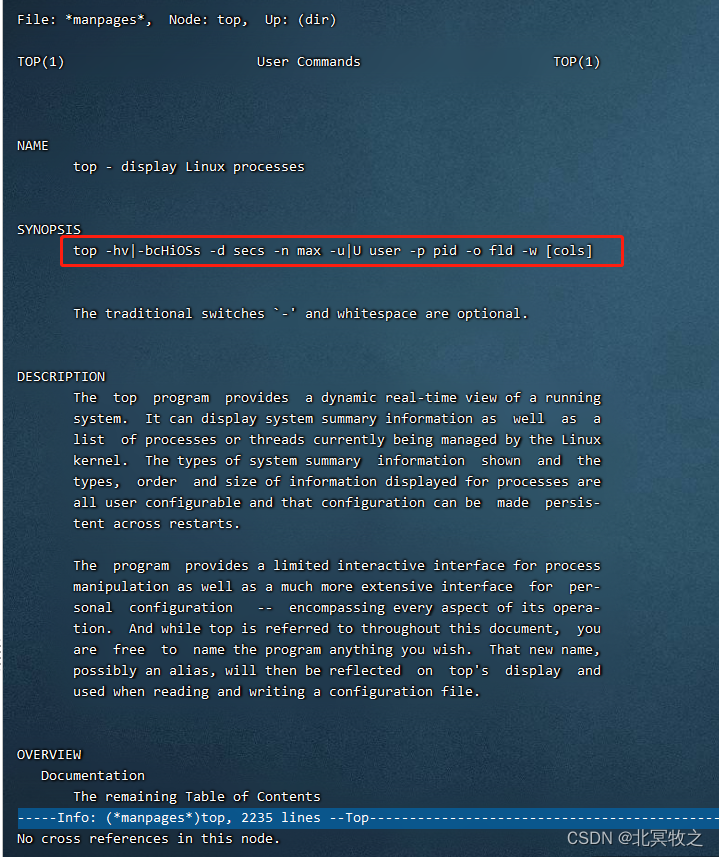
Top command details

Alibaba cloud international ECS cannot log in to the pagoda panel console
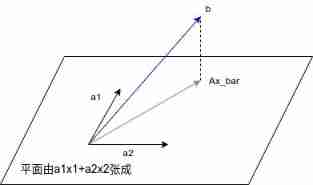
Numerical analysis: least squares and ridge regression (pytoch Implementation)
随机推荐
Numerical analysis: least squares and ridge regression (pytoch Implementation)
The role of applet in industrial Internet
node の SQLite
Huawei 0 foundation - image sorting
Maixll-Dock 摄像头使用
Grafana 9.0 is officially released! It's the strongest!
Excellent open source fonts for programmers
STM32+ENC28J60+UIP协议栈实现WEB服务器示例
CRMEB 商城系统如何助力营销?
287. 寻找重复数
重磅硬核 | 一文聊透对象在 JVM 中的内存布局,以及内存对齐和压缩指针的原理及应用
爬虫玩得好,牢饭吃到饱?这3条底线千万不能碰!
视频化全链路智能上云?一文详解什么是阿里云视频云「智能媒体生产」
Xu Xiang's wife Ying Ying responded to the "stock review": she wrote it!
Test 123
10、 Process management
C语言高校实验室预约登记系统
Excel usage record
[.Net core] solution to error reporting due to too long request length
用于远程医疗的无创、无袖带血压测量【翻译】